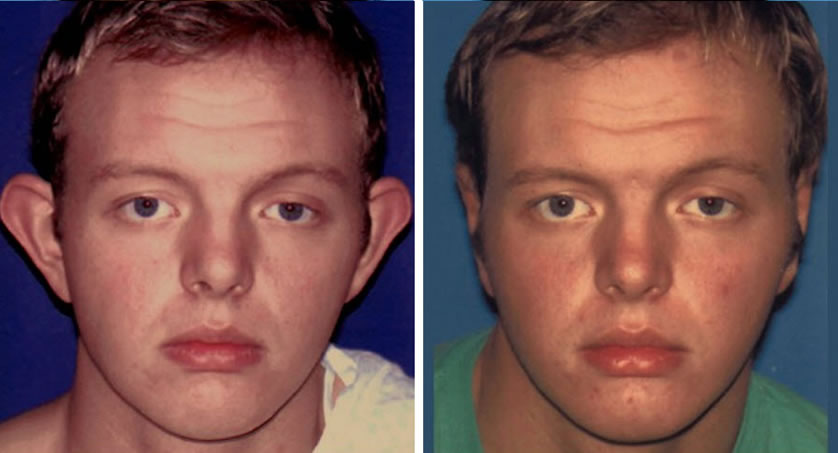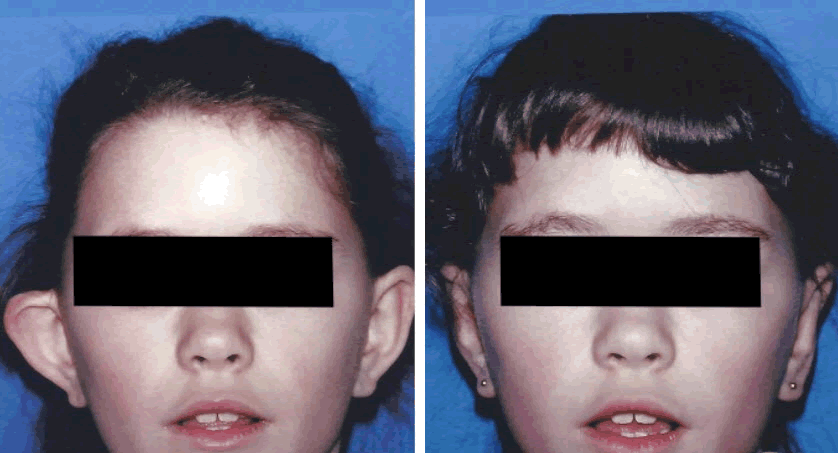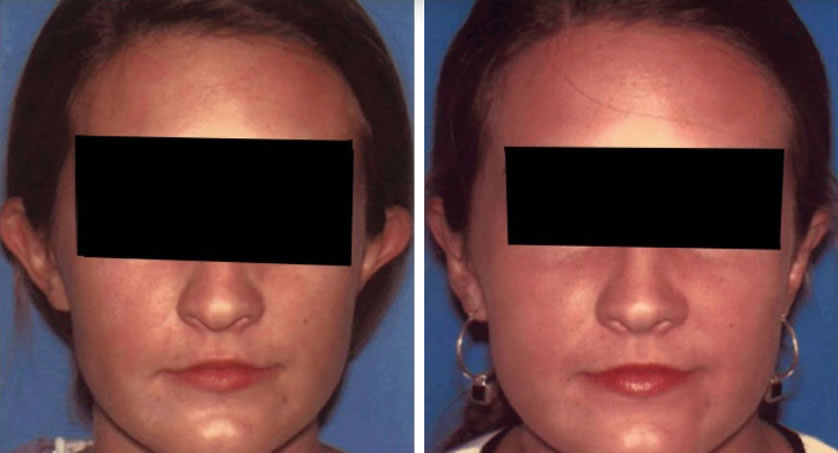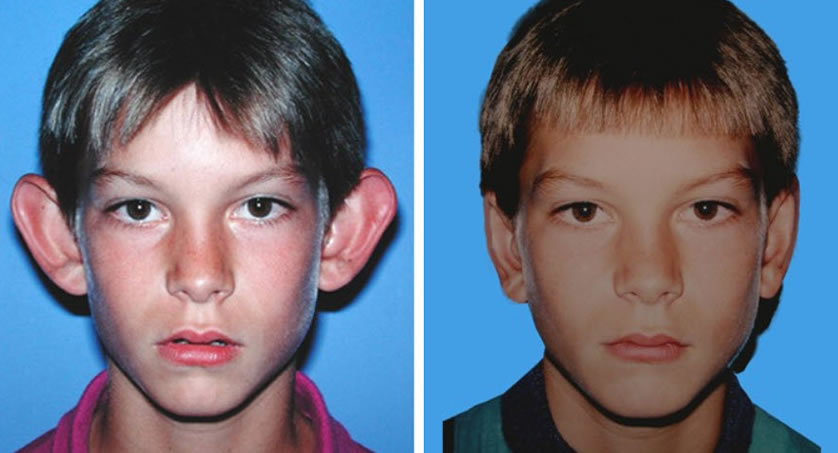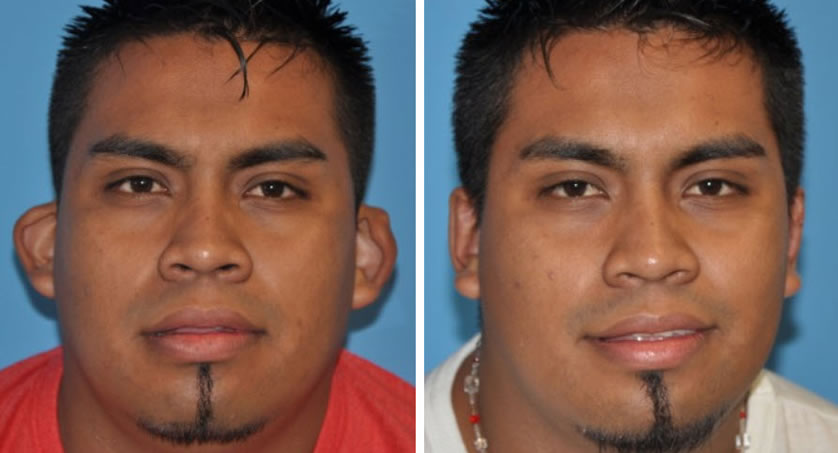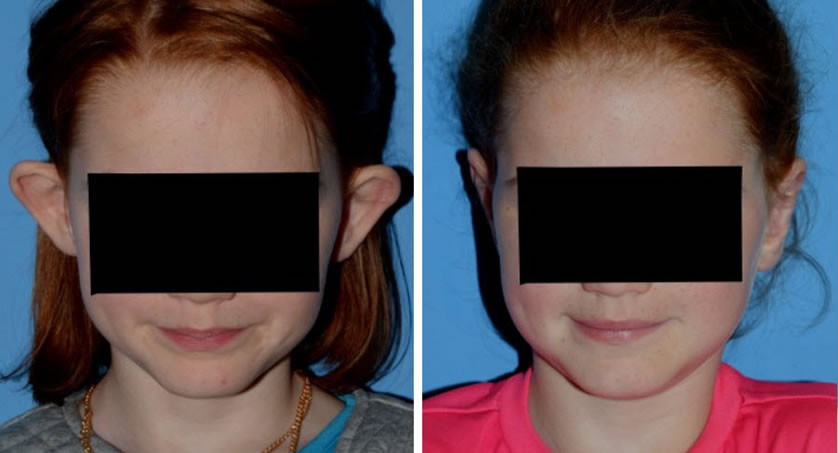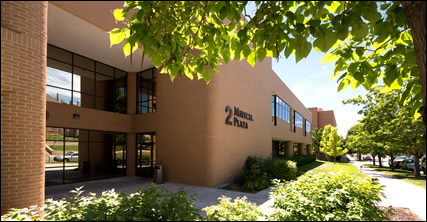Otoplasty
Another congenital deformity of the ears is called prominent or protruding ears. The ear’s prominence is due to lack of development of the antihelical fold. The primary reason to correct this deformity is to eliminate the psychological trauma that this condition can cause. Peer ridicule can be severe with this particular deformity. The operation designed to correct this problem involves recreating the antihelical fold curling or setting the ears back closer to the head. With experience, consistently good results can be obtained.
Ear surgery called Otoplasty is most commonly performed to reposition protruding ears closer to the head. Ears that “stick out” too far can cause ridicule and significant psychological distress. This operation can be designed to shape, position and size ears to a normal appearance. Ears are almost fully developed by 4-6 years of age, so that an Otoplasty is typically performed at 4 or older. However, there is no age limit and an Otoplasty can be successfully performed on adults as well. Other ear deformities, such as “lop ears”, “cup ears”, or “constricted ears” can be corrected with reconstructive procedures.
The goal is to produce symmetrical, natural looking ears that don’t protrude or have an evidence of being surgically corrected.
In addition to the ears there are surgical procedures just to address stretched, creased, or split earlobes.
Most children, if questioned, are very unhappy about having protruding ears, especially if they are teased about this. Therefore they usually are enthusiastic and cooperative during the process and are happy with the results.

Am I a Candidate for Otoplasty?
You may be a candidate if you have the following:
- protruding or prominent ears
- asymmetric ears
- constricted ears
- earlobe deformities
- have some congenital ear problems such as partial development
What is Involved in Otoplasty?
The procedure is usually performed with intravenous general anesthesia. Analysis of the particular deformity is key to determining the best procedure to correct the problem. An incision is made behind the ear to expose the cartilage. Reshaping the cartilage is performed using sutures to maintain the new shape. Additional techniques ma y be needed depending on the deformity. The scar is behind the ear and not easily visible. The patient is wrapped in a turban-like dressing for 4-5 days. Once this is removed a sweat band is worn to protect the ears particularly when sleeping.
Patients may resume normal activities in one week. Children can go back to school in one week and no playground activities for 4 weeks.
Binder’s Syndrome


